Los Beneficios y Desafíos de ChatGPT en Adolescentes: Un Análisis de su Impacto en la Educación y el Desarrollo Emocional
Resumen
El presente artículo de revisión tiene como objetivo analizar los beneficios y desafíos del uso de ChatGPT en adolescentes, centrándose en su impacto en el ámbito educativo y el desarrollo emocional. Se realizó una revisión sistemática de la literatura siguiendo la metodología PRISMA, seleccionando estudios publicados entre 2010 y 2023 en bases de datos académicas. Se identificaron 40 estudios relevantes tras un proceso de tamizaje exhaustivo. Los principales hallazgos indican que ChatGPT ofrece beneficios como la personalización del aprendizaje, el acceso inmediato a la información y la posibilidad de autoexpresión emocional sin juicio social. Sin embargo, también presenta desafíos como la dependencia excesiva de la IA, el riesgo de recibir información inexacta, la alienación emocional y las brechas de acceso tecnológico en adolescentes de contextos desfavorecidos. Además, surgen preocupaciones éticas relacionadas con la privacidad de los datos y la equidad en el acceso a la tecnología. En conclusión, aunque ChatGPT tiene un potencial significativo para mejorar la educación y el bienestar emocional de los adolescentes, su implementación debe ser equilibrada con medidas que promuevan la interacción humana y el desarrollo de habilidades críticas.
Descargas
Citas
Aiken, M. (2016). The cyber effect: A pioneering cyberpsychologist explains how human behavior changes online. Spiegel & Grau.
Bender, E. M., Gebru, T., McMillan-Major, A., & Shmitchell, S. (2021). On the dangers of stochastic parrots: Can language models be too big? In Proceedings of the 2021 ACM conference on fairness, accountability, and transparency (pp. 610-623).
Bender, E. M., Gebru, T., McMillan-Major, A., & Shmitchell, S. (2021). On the dangers of stochastic parrots: Can language models be too big? In Proceedings of the 2021 ACM Conference on Fairness, Accountability, and Transparency (pp. 610-623).
Eccles, J. S., & Roeser, R. W. (2011). Schools as developmental contexts during adolescence. Journal of Research on Adolescence, 21(1), 225-241.
Eccles, J. S., & Roeser, R. W. (2011). Schools as developmental contexts during adolescence. Journal of Research on Adolescence, 21(1), 225-241.
Floridi, L., & Cowls, J. (2019). A unified framework of five principles for AI in society. Harvard Data Science Review, 1(1). https://doi.org/10.1162/99608f92.8cd550d1
Frey, N., & Fisher, D. (2020). All learning is social and emotional: Helping students develop essential skills for the classroom and beyond. ASCD.
Frey, N., & Fisher, D. (2020). All learning is social and emotional: Helping students develop essential skills for the classroom and beyond. ASCD.
Kessler, R. C., Berglund, P., Demler, O., Jin, R., & Walters, E. E. (2005). Lifetime prevalence and age-of-onset distributions of DSM-IV disorders in the National Comorbidity Survey Replication. Archives of General Psychiatry, 62(6), 593-602.
Kirschner, P. A., & De Bruyckere, P. (2017). The myths of the digital native and the multitasker. Teaching and Teacher Education, 67, 135-142. https://doi.org/10.1016/j.tate.2017.06.001
Lerner, R. M., & Steinberg, L. (Eds.). (2009). Handbook of adolescent psychology (Vol. 1). John Wiley & Sons.
Livingstone, S., & Third, A. (2017). Children and young people’s rights in the digital age: An emerging agenda. New Media & Society, 19(5), 657-670. https://doi.org/10.1177/1461444816686318
Luckin, R. (2018). Machine learning and human intelligence: The future of education for the 21st century. UCL Press.
Luckin, R., Holmes, W., Griffiths, M., & Forcier, L. B. (2016). Intelligence unleashed: An argument for AI in education. Pearson Education.
Means, B., Toyama, Y., Murphy, R., Bakia, M., & Jones, K. (2014). The effectiveness of online and blended learning: A meta-analysis of the empirical literature. Teachers College Record, 115(3), 1-47.
Naslund, J. A., Aschbrenner, K. A., Marsch, L. A., & Bartels, S. J. (2016). The future of mental health care: Peer-to-peer support and social media. Epidemiology and Psychiatric Sciences, 25(2), 113-122. https://doi.org/10.1017/S2045796015001067
Robinson, K., Winthrop, R., & McGivney, E. (2015). Millions learning: Scaling up quality education in developing countries. Brookings Institution Press.
Rosen, L. D., Carrier, L. M., & Cheever, N. A. (2014). The distracted mind: Ancient brains in a high-tech world. MIT Press.
Selwyn, N. (2019). Should robots replace teachers? AI and the future of education. British Journal of Educational Technology, 50(5), 1045-1058. https://doi.org/10.1111/bjet.12875
Selwyn, N. (2020). Telling tales on technology: Qualitative studies of technology and education. Routledge.
Steinberg, L. (2014). Age of opportunity: Lessons from the new science of adolescence. Houghton Mifflin Harcourt.
Turkle, S. (2015). Reclaiming conversation: The power of talk in a digital age. Penguin Press.
Wang, M.-T., & Degol, J. L. (2017). Gender gap in achievement and participation in STEM: The role of motivation. Educational Psychology Review, 29(4), 732-761. https://doi.org/10.1007/s10648-016-9375-1
Yardi, S., & Bruckman, A. (2012). Income, race, and class: Exploring socioeconomic differences in family technology use. Proceedings of the 2012 ACM annual conference on human factors in computing systems, 3041-3050.
Zawacki-Richter, O., Marín, V. I., Bond, M., & Gouverneur, F. (2019). Systematic review of research on artificial intelligence applications in higher education: Where are the educators? International Journal of Educational Technology in Higher Education, 16(1), 1-27.
https://doi.org/10.1186/s41239-019-0179-2
Rodríguez Gómez, J. C. (2023). La importancia de la diversidad y la inclusión en el ámbito educativo. Estudios Y Perspectivas Revista Científica Y Académica , 3(2), 16–47. https://doi.org/10.61384/r.c.a.v3i2.30
Sánchez Madriz, L. J., Soto Benavides, D. C., Palma González, L. D., Camacho Arias, N. P., & Shion Pérez, J. F. (2024). Tromboembolismo Pulmonar: Actualización Post Pandemia de COVID -19. Revista Científica De Salud Y Desarrollo Humano, 5(2), 422–434. https://doi.org/10.61368/r.s.d.h.v5i2.143
Soto Gil, M., Ramírez Loyola, M. A., & Ramírez, L. V. (2023). Inclusión educativa en Educación Media Superior: Universidad Autónoma Chapingo vs CBTa 127 Mariano Azuela. Emergentes - Revista Científica, 3(2), 143–163. https://doi.org/10.60112/erc.v3i2.92
Agrela Rodrigues, F. de A., Luíza Oliveira Zappalá, Avila, E., & Gonçalves de Carvalho, L. F. (2024). Possíveis razões para o "d-lay" específico em pessoas de alto QI. Revista Veritas De Difusão Científica, 5(1), 24–38. https://doi.org/10.61616/rvdc.v5i1.53
Da Silva Santos, Felipe y Renata López Vargas. "Efecto del estrés sobre la función inmune en pacientes con enfermedades autoinmunes: una revisión de estudios latinoamericanos".
Martínez, O., Aranda , R., Barreto , E., Fanego , J., Fernández , A., López , J., Medina , J., Meza , M., Muñoz , D., & Urbieta , J. (2024). Los tipos de discriminación laboral en las ciudades de Capiatá y San Lorenzo. Arandu UTIC, 11(1), 77–95. Recuperado a partir de https://www.uticvirtual.edu.py/revista.ojs/index.php/revistas/article/view/179
v, H., & Quispe Coca, R. A. (2024). Tecno Bio Gas. Horizonte Académico, 4(4), 17–23. Recuperado a partir de https://horizonteacademico.org/index.php/horizonte/article/view/14
Derechos de autor 2024 Jessica Ivette Quinzo Guevara , Anita Rocío Llanos Orellana, Jennifer Magdalena Altamirano Yupangui, Grecia Estefanía Quinzo Guevara, Evelyn Jennifer Trujillo Ibarra

Esta obra está bajo licencia internacional Creative Commons Reconocimiento 4.0.

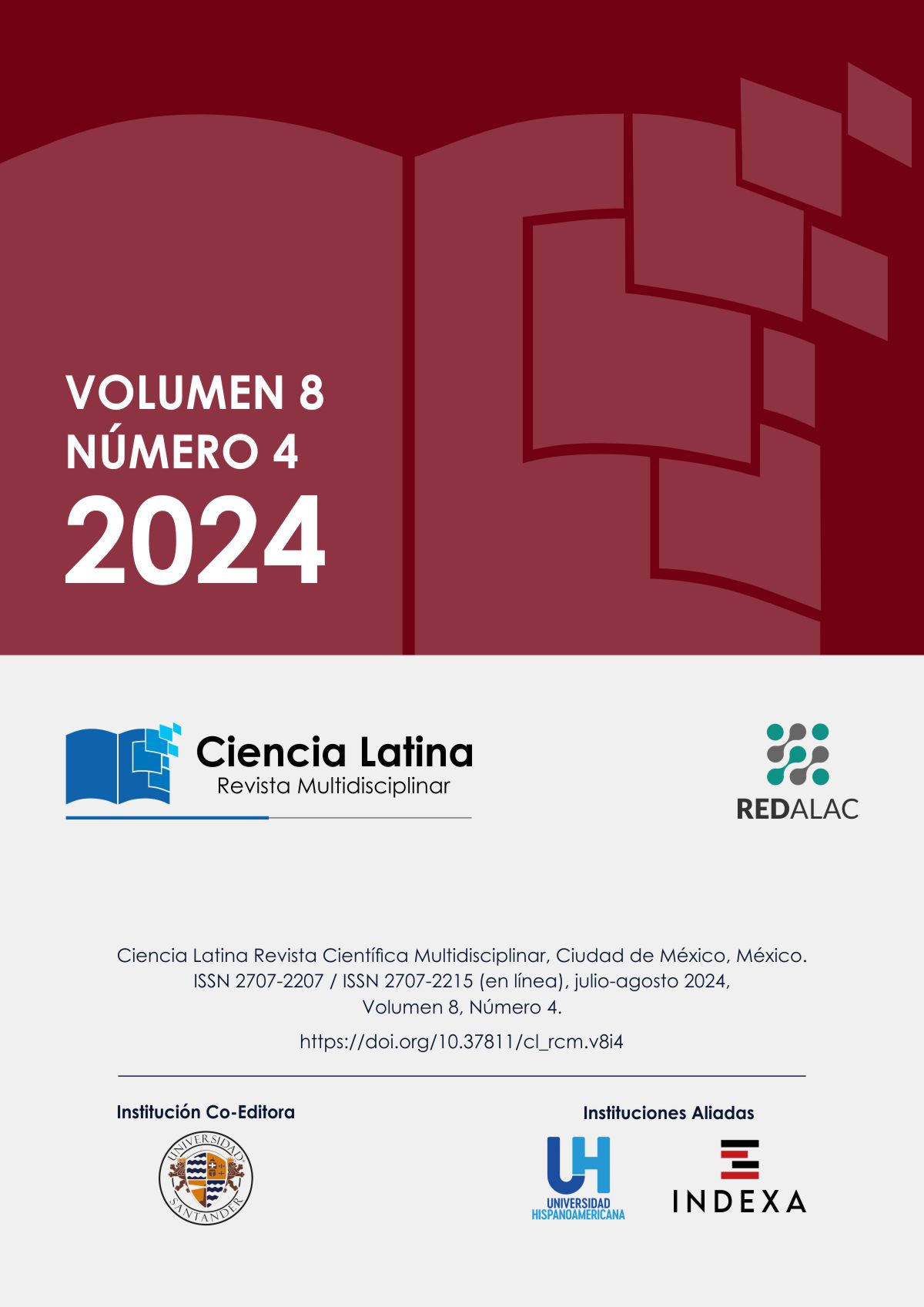








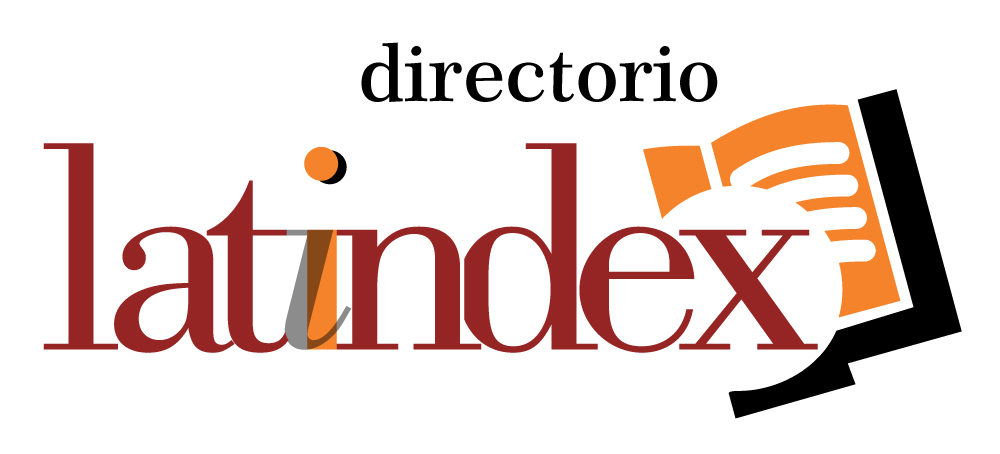
.png)
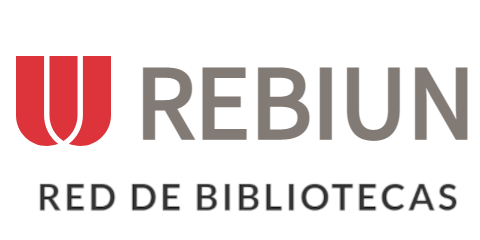







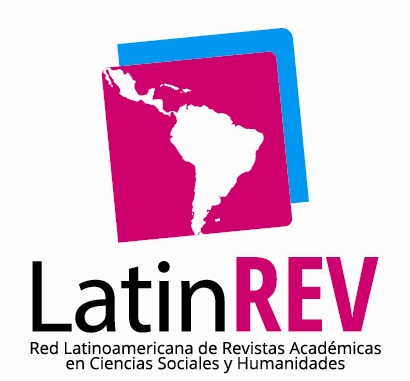

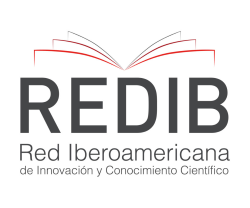









.png)
1.png)


